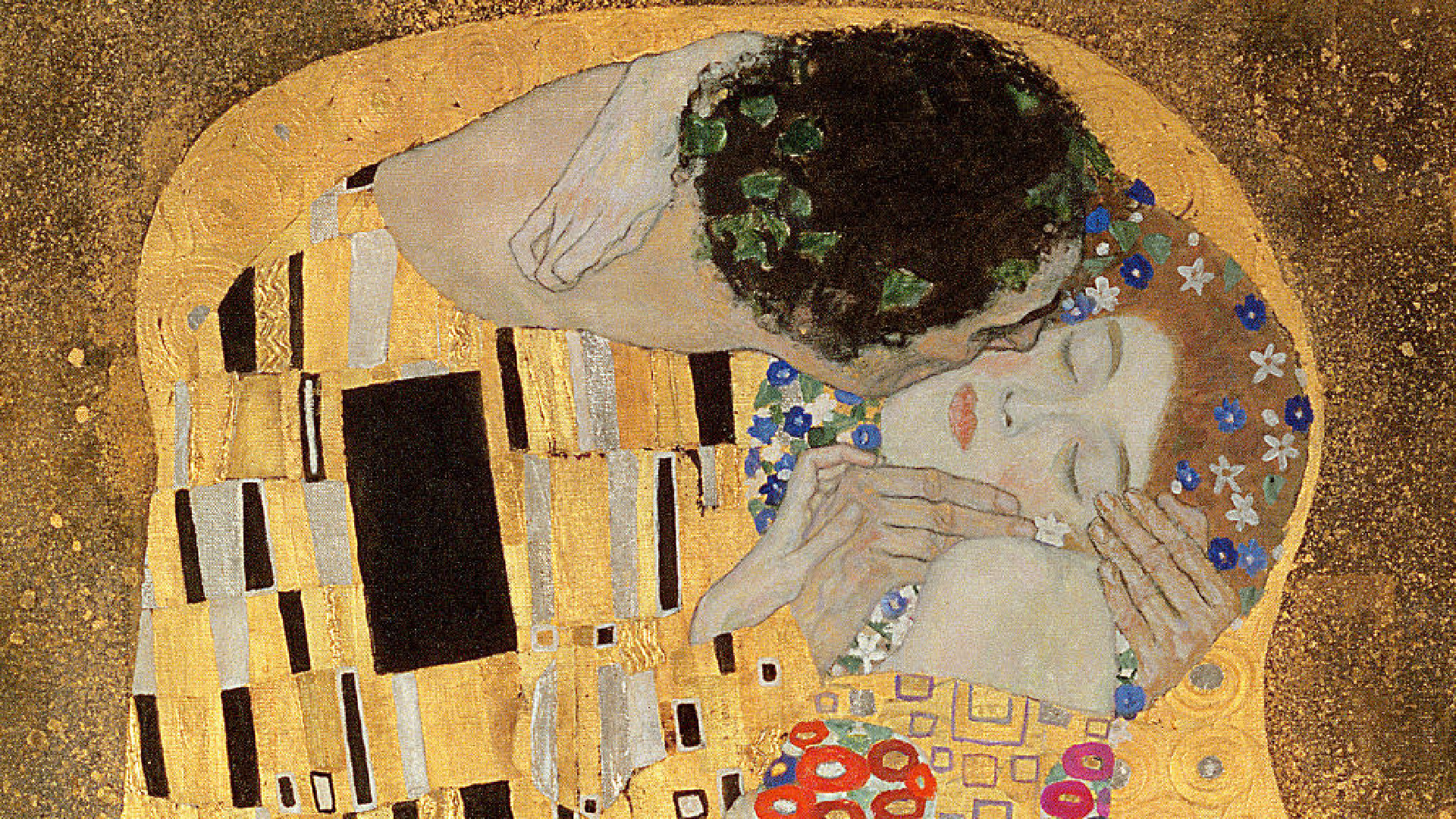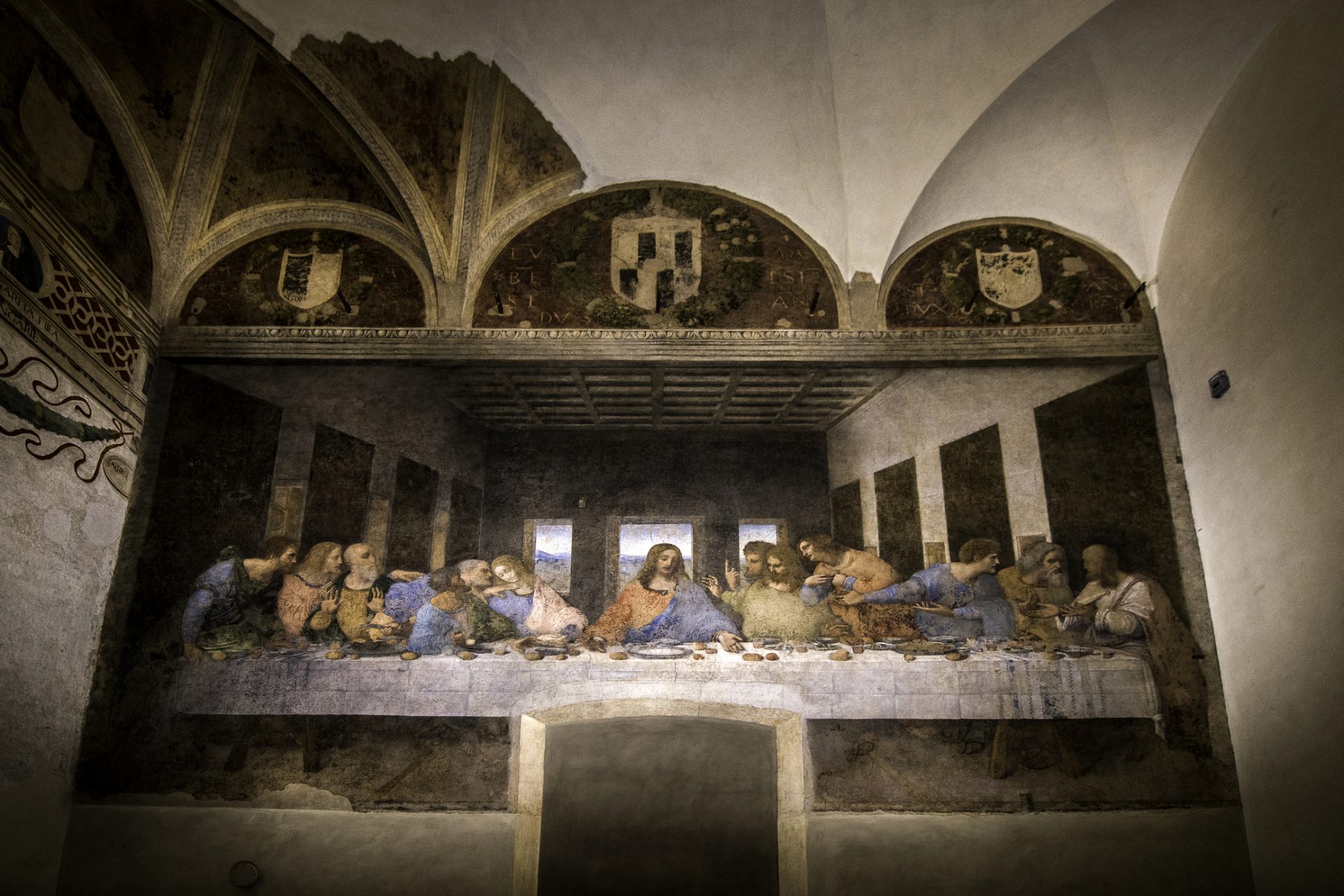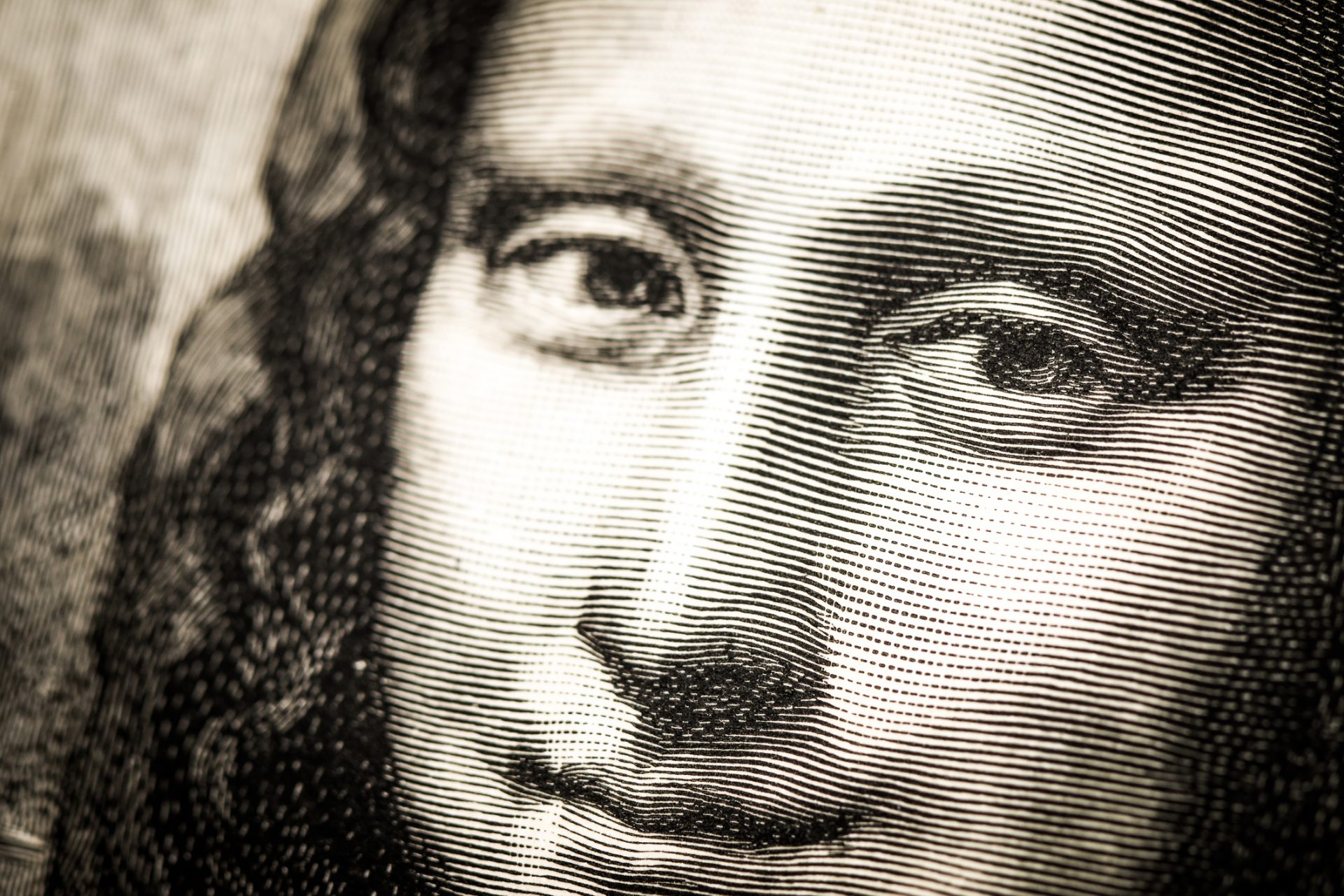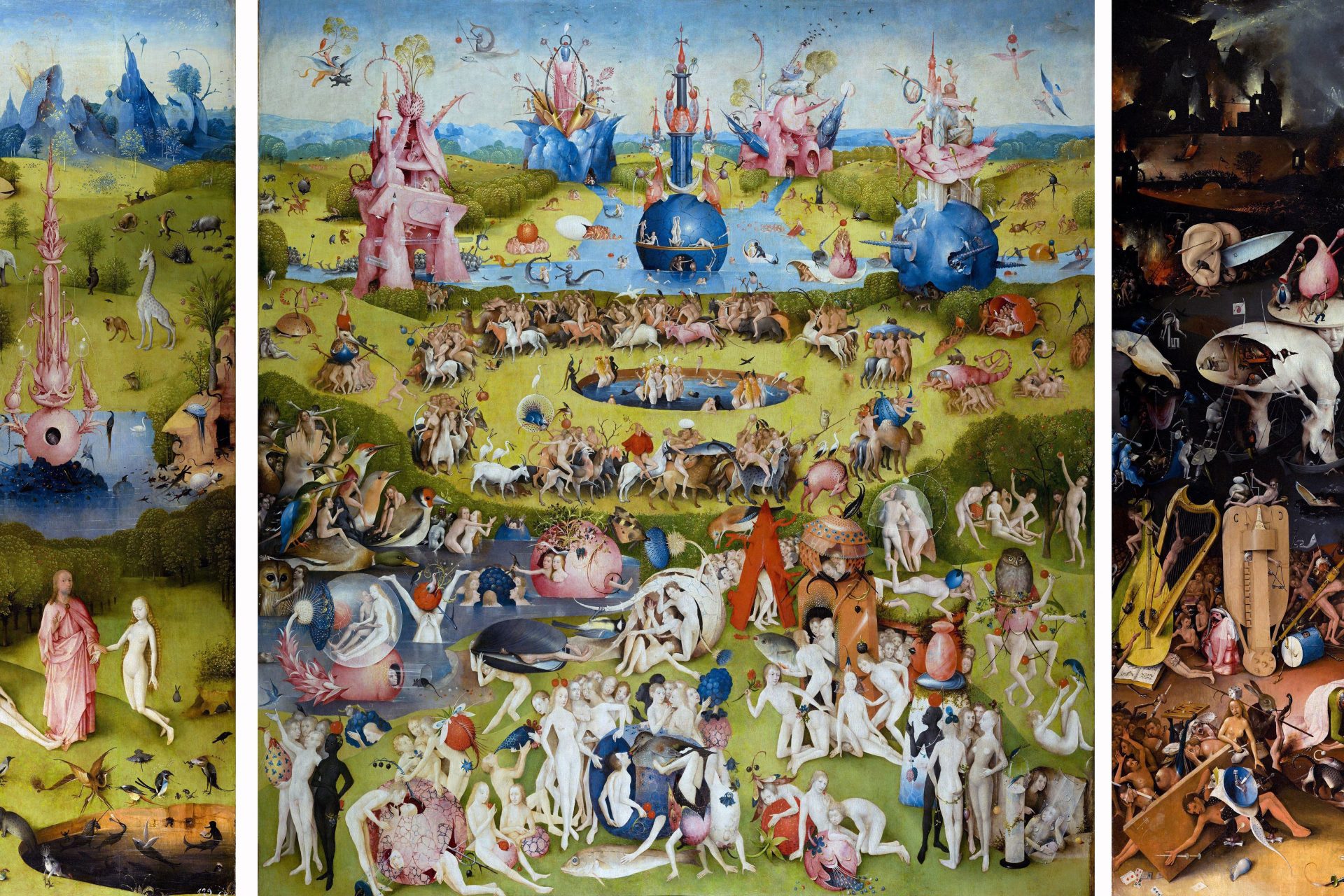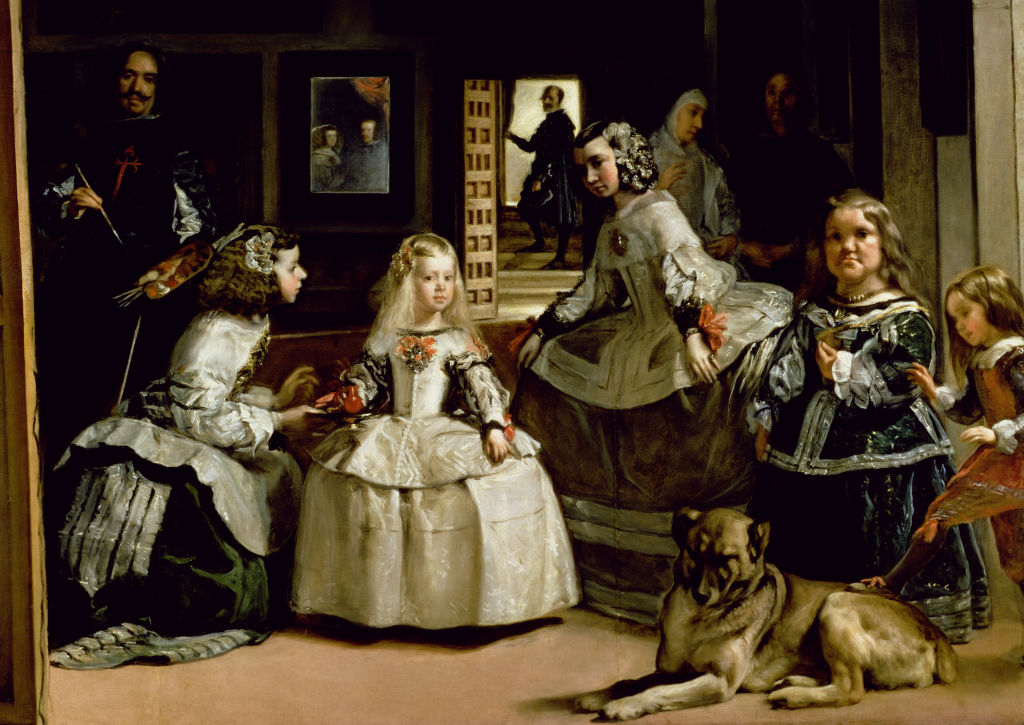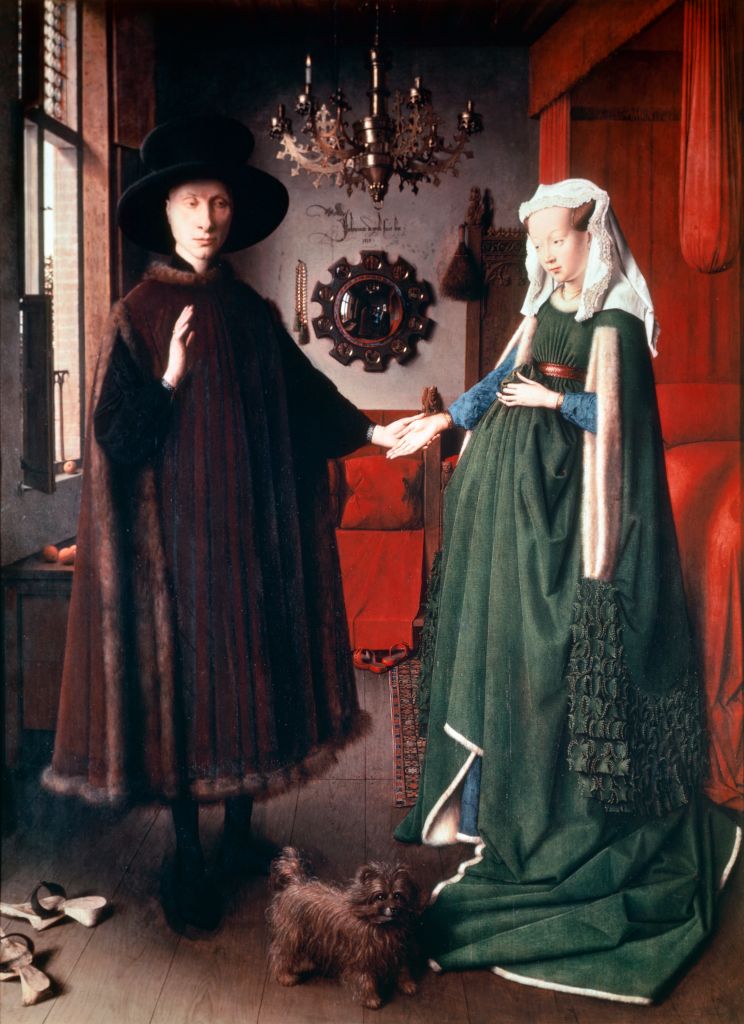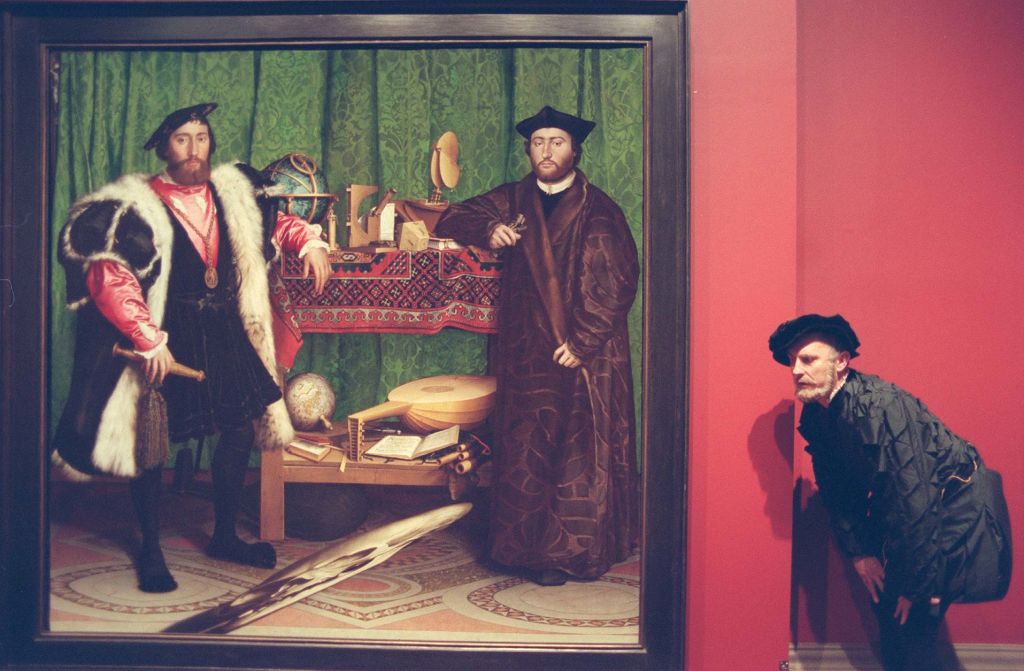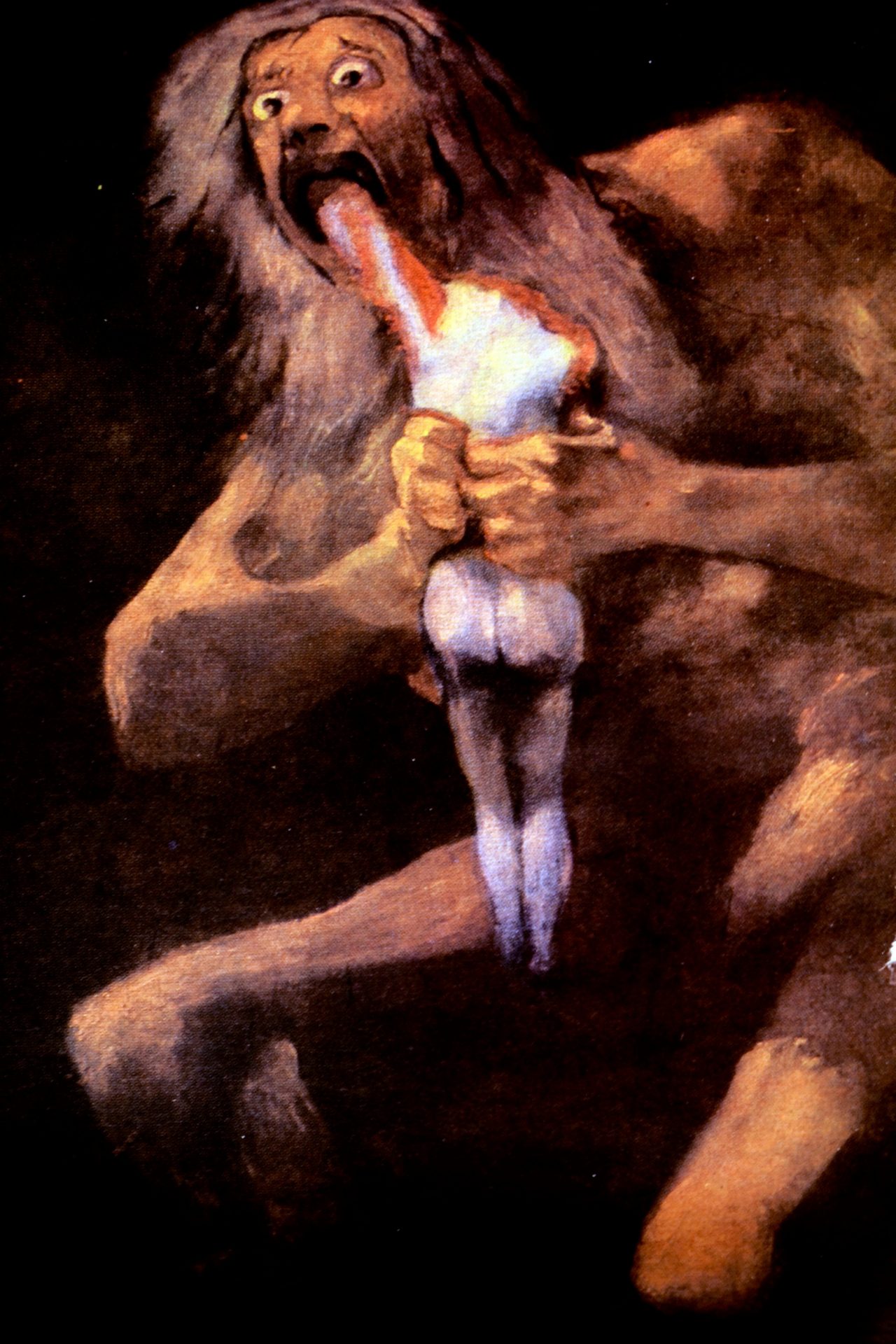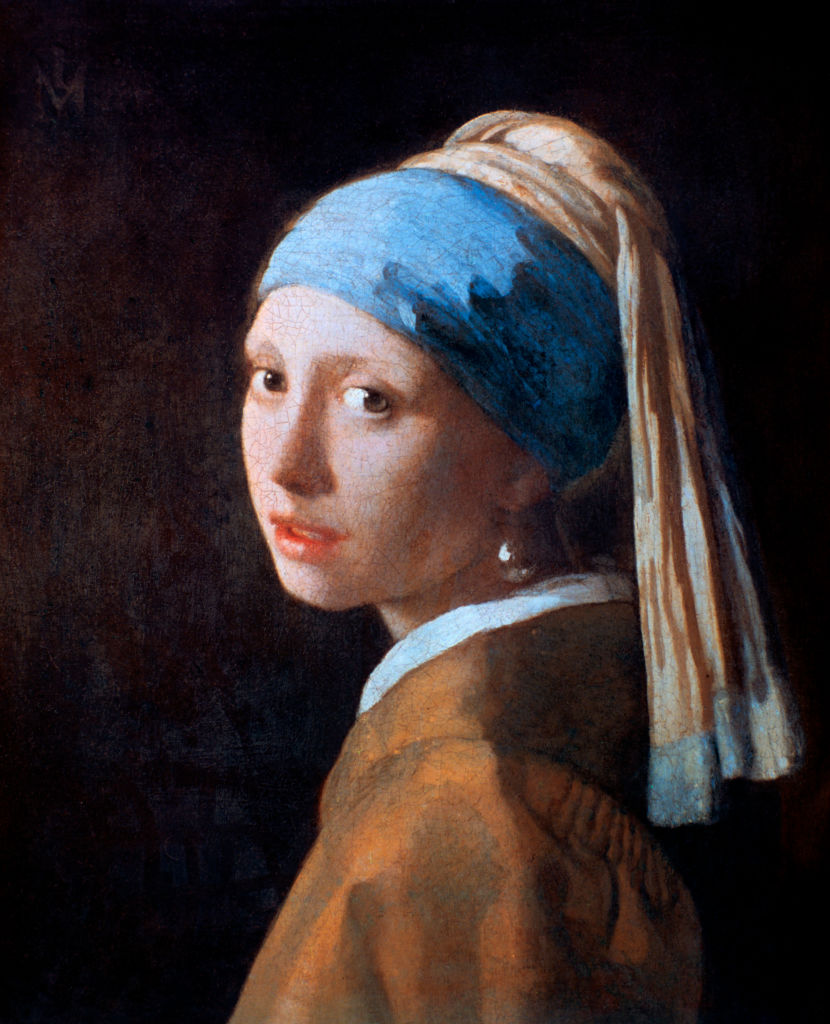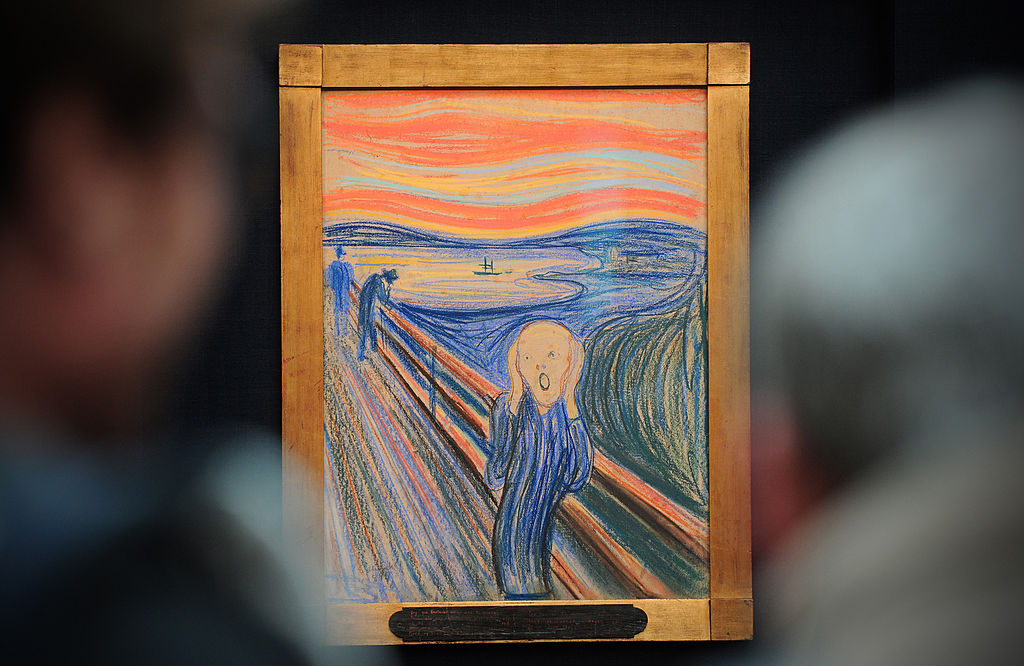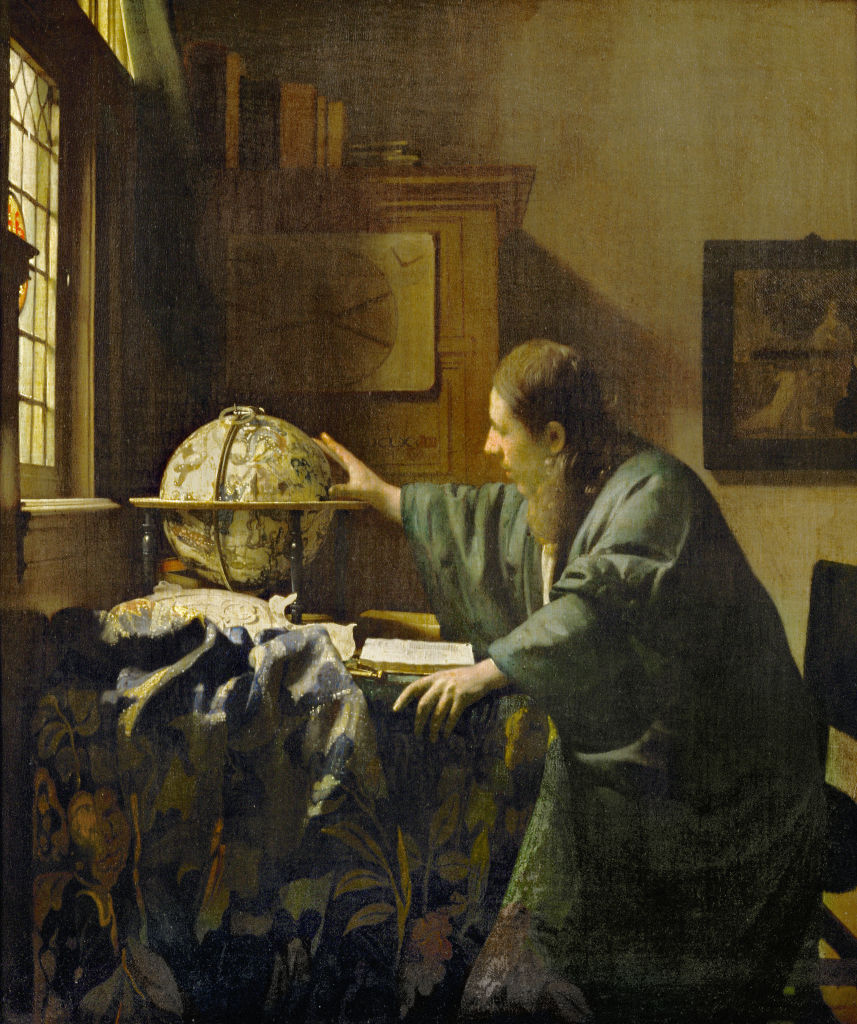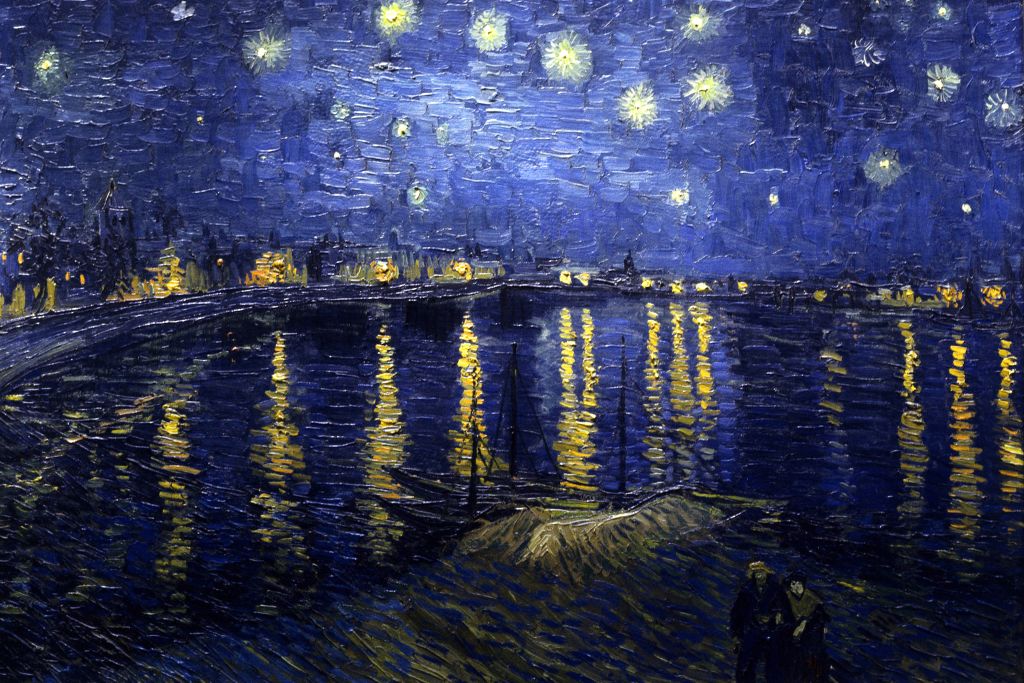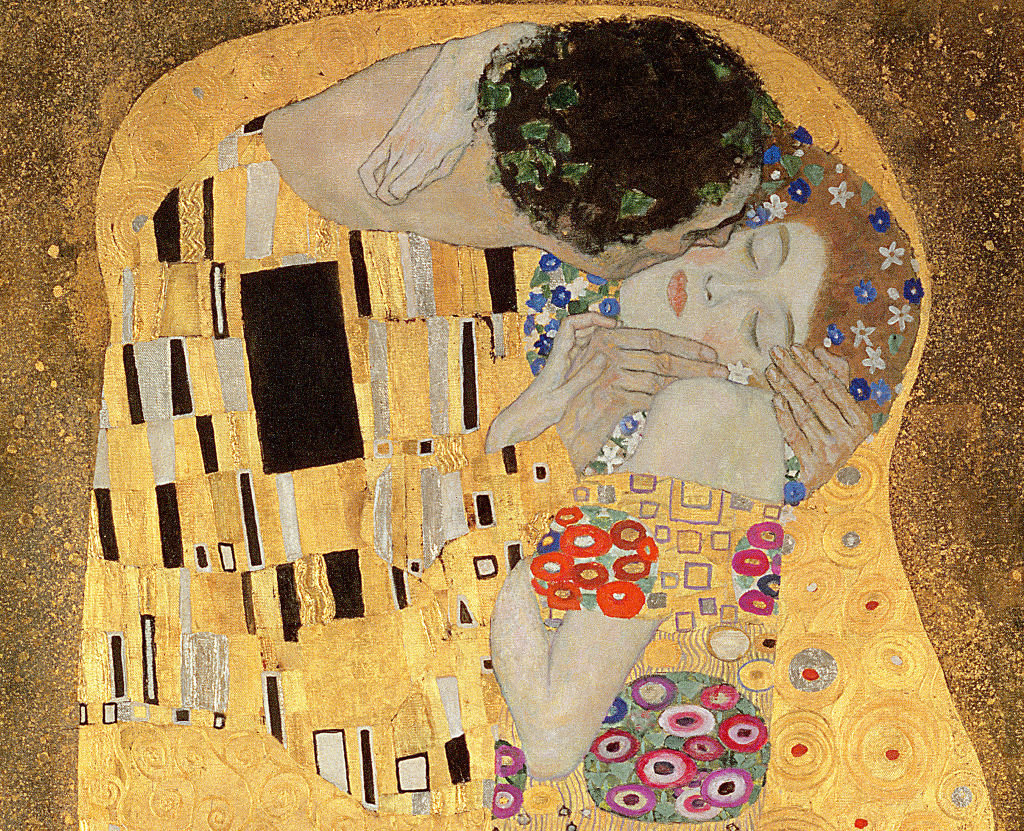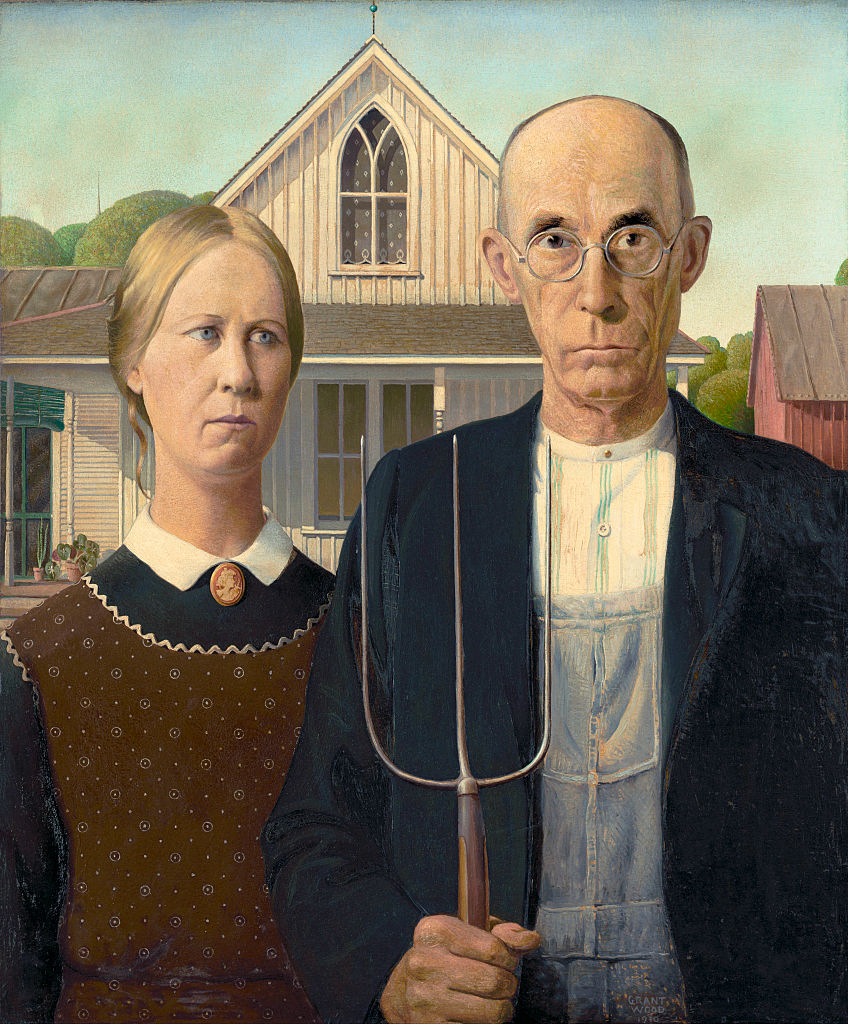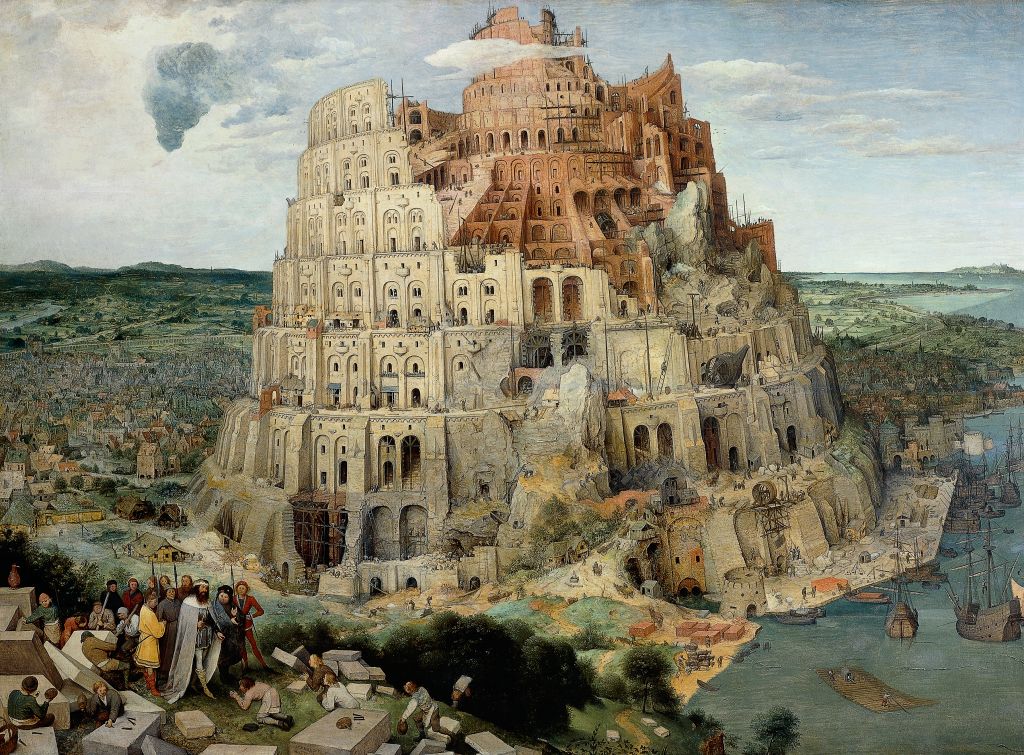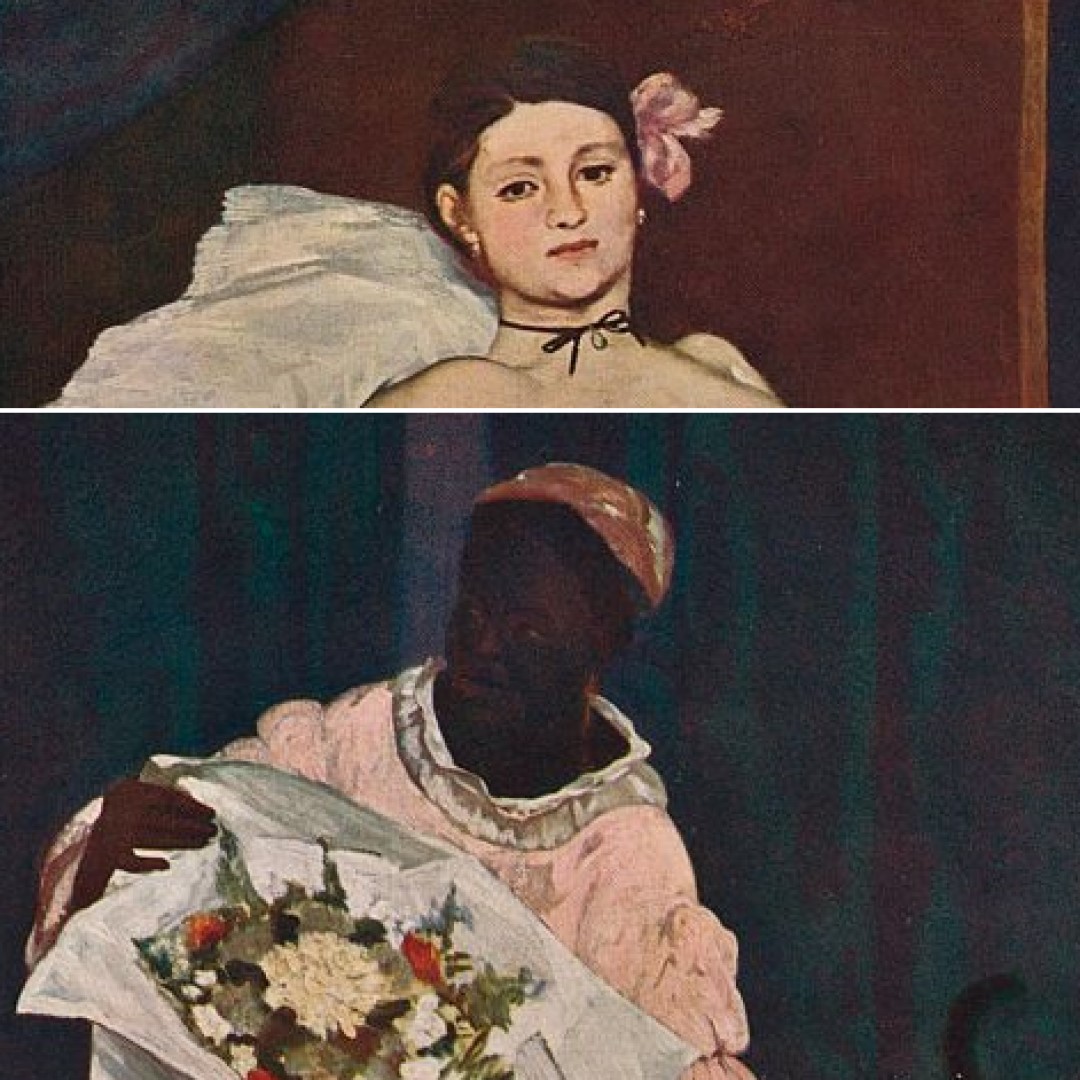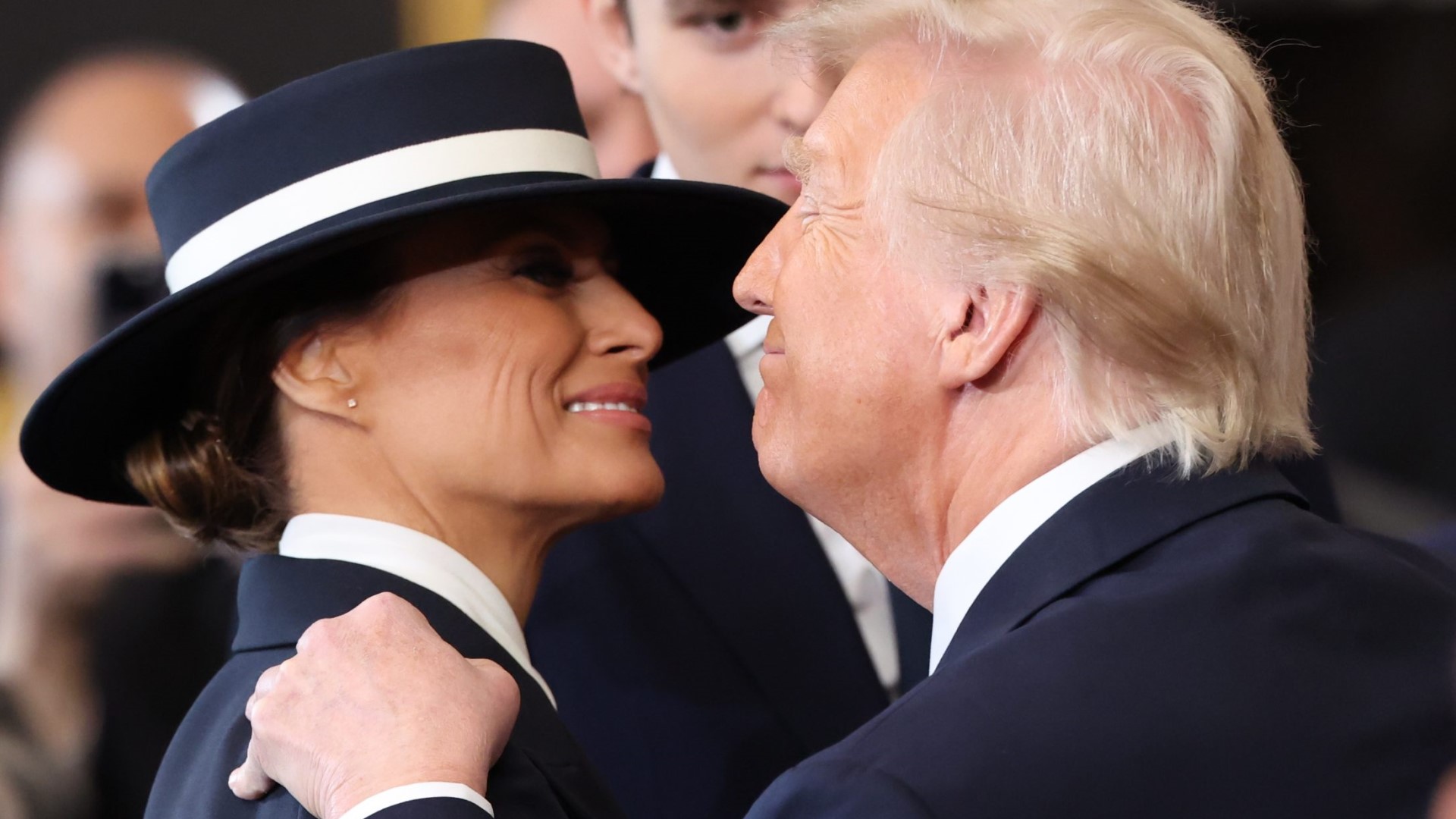Famous paintings, their mysteries and scandals
Many of the world's most famous (and lesser-known) paintings hold symbolism and mysteries that perhaps their artists couldn't express directly. Here is a list of 20 famous paintings that are shrouded in mystery.
Some interpret that the figure to the right of Jesus is not John the Apostle, but Mary Magdalene, which would suggest a more intimate relationship between them. In addition, the arrangement of the hands and objects has led to theories about occult messages related to the Christian faith and secret societies such as the Freemasons or the Priory of Sion.
The identity of the woman portrayed remains a mystery, with theories ranging from a Florentine merchant to a female self-portrait of Leonardo. The sfumato technique used for the smile has generated speculation about her emotional state, suggesting anything from happiness to melancholy to pregnancy.
Full of strange figures and images that exact meanings are unknown. Some scholars see it as a warning about sins and their consequences, while others interpret it as a representation of repressed desires or even as a hallucinogenic vision.
The complexity of this work lies in its interplay of mirrors, perspectives and gazes, which has led to interpretations about the nature of reality and representation. The presence of Velázquez himself in the painting, looking towards the viewer, adds another level of mystery as to who is being observed and who is the observer.
Questions revolve around the identity of the sitters and the significance of the objects in the scene, such as the convex mirror that reflects two figures in the doorway, suggesting the presence of unseen witnesses. The inscription ‘Jan van Eyck was here 1434’ has led to speculation about the artist's role in the event depicted.
In addition to the anamorphic skull symbolising death, the painting is filled with objects representing knowledge and power, such as musical instruments, navigational tools and books. These objects have been interpreted as commentaries on the transience of life and the vanity of human ambitions.
Follow Showbizz Daily to stay informed and enjoy more content!
This painting is one of the Black Paintings that Goya painted directly on the walls of his house. The brutality of the scene and its sombre style have led to interpretations related to the fear of madness, criticism of destructive power and profound pessimism about human nature.
This portrait is famous for its enigmatic expression and the luminosity of the pearl. The mystery lies in the identity of the young woman, which remains unknown, and in the exact techniques Vermeer used to achieve the luminous effect so particular to the painting.
Beyond being an iconic expression of terror and anguish, Munch left notes stating that the work was inspired by a personal experience of extreme distress. Furthermore, the central figure appears to be in a state of psychological terror, which has led to multiple interpretations of its origin, from a personal crisis to a representation of universal anxiety.
This painting raises questions as to who the sitter is, presumably an astronomer, and what his relationship is to Vermeer. In addition, the accurate depiction of the scientific instruments of the period has led to speculation about the artist's interest in science and his possible collaboration with contemporary scientists.
Preceding Starry Night, this work also captures the night sky in a swirl of blues and yellows. The mystery centres on the significance of the choice of colours and shapes to represent the night, as well as what these choices reveal about Van Gogh's emotional state.
This work is typical of Klimt's symbolism and Art Nouveau style. The mystery revolves around the identities of the two figures and the meaning behind their ethereal and ornamental union, which some interpret as an idealised representation of love and others as a fusion of the spiritual and the carnal.
The painting is famous for its enigmatic figures, a farmer and his daughter, which have been the subject of multiple interpretations. The mystery centres on the meaning behind their impassive expressions and the relationship between them, as well as what the work says about rural American life during the Great Depression.
This depiction of the biblical myth of human arrogance and the confusion of tongues is remarkable for its detail and scale. The mystery lies in the precision with which Bruegel imagined the architecture of the tower and the lessons it was intended to impart about excessive ambition and communication between human beings.
This painting - of which only fragments are shown here - caused a scandal at the time for its direct and defiant depiction of an escort. The mystery and controversy revolve around Olympia's defiant gaze toward the viewer and the meaning behind the composition and the objects depicted, which defied the conventions of 'unclothed' painting at the time.
Follow Showbizz Daily to stay informed and enjoy more content!

